Performance Analysis of Ultra-dense Networks Based on Coordinated Multiple-points Joint Transmission
-
摘要:
超密集组网的基站高密度特性会带来严重的小区间干扰,多点协作联合传输应用于超密集组网进行干扰管理是目前的研究热点,该文对多点协作联合传输时基站密度对网络性能的影响进行了分析。首先采用随机几何方法推导了3维空间基站与用户距离的概率密度函数,为选取距离用户最近的多个基站联合传输的协作机制提供了基础;然后结合有界双斜率路径损耗模型,进行用户下行链路的干扰建模,进一步推导出用户下行链路覆盖率和网络区域频谱效率的表达式,并分析了协作基站数、基站密度等参数对网络性能的影响。数值仿真表明:协作基站数为2时就可使下行链路覆盖率增加10%,且实现2到3倍的频谱效率的增益,当协作基站数为3时,费效比更优,同时可得到多点协作下的基站密度极限使区域频谱效率最高。该文工作可为下一代移动通信网络的基站部署提供理论支持。
Abstract:The high-density characteristic of base stations in Ultra-Dense Networks (UDN) brings serious inter-cell interference. It is the current research hotspot that Coordinated Multiple-Points Joint Transmission (CoMP-JT) is applied to UDN for interference management. The impact of base station density on network performance with CoMP-JT is analyzed. Firstly, the probability density function of the distance between the base station and the user in 3D space is derived using the stochastic geometric method. It provides the cooperation mechanism’s basis for CoMP-JT that selecting the multiple base stations closest to the user to joint transmission. Then, the downlink interference model is carried out based on the bounded dual-slope path loss model, and the downlink coverage probability and network area spectrum efficiency are further derived. Thereafter, the impact of the parameters such as the number of cooperating base stations and the base station density on the performance of the system is investigated. Numerical simulations show that when the number of cooperative base stations is 2, the downlink coverage probability increases by 10%, and the network area spectral efficiency achieves a gain of 2 to 3 times. When the number of cooperating base stations is 3, the cost-effectiveness ratio is better, and the density of base stations that maximizes the network area spectral efficiency under CoMP-JT can be obtained. This paper provides theoretical support for the deployment of base stations in next-generation mobile communication networks.
-
LOPEZ-PEREZ D, DING Ming, CLAUSSEN H, et al. Towards 1 Gbps/UE in cellular systems: understanding ultra-dense small cell deployments[J]. IEEE Communications Surveys & Tutorials, 2015, 17(4): 2078–2101. doi: 10.1109/COMST.2015.2439636 ANANG K A, RPAJIC P B, ENEH T I, et al. Minimum cell size for information capacity increase in cellular wireless network[C]. IEEE Vehicular Technology Conference, Yokohama, Japan, 2011: 1–6. GE Xiaohu, TU Song, MAO Guoqiang, et al. 5G ultra-dense cellular networks[J]. IEEE Wireless Communications, 2016, 23(1): 72–79. doi: 10.1109/MWC.2016.7422408 VAZE R and IYER S K. Capacity of cellular wireless network[C]. 15th International Symposium on Modeling and Optimization in Mobile, Ad Hoc, and Wireless Networks, Paris, France, 2017: 1–8. ANDREWS J G, ZHANG Xinchen, DURGIN G D, et al. Are we approaching the fundamental limits of wireless network densification?[J]. IEEE Communications Magazine, 2016, 54(10): 184–190. doi: 10.1109/MCOM.2016.7588290 ZHANG Xinchen and ANDREWS J G. Downlink cellular network analysis with multi-slope path loss models[J]. IEEE Transactions on Communications, 2015, 63(5): 1881–1894. doi: 10.1109/TCOMM.2015.2413412 GE Xiaohu, DU Bangzheng, LI Qiang, et al. Energy efficiency of multiuser multi-antenna random cellular networks with minimum distance constraints[J]. IEEE Transactions on Vehicular Technology, 2016, 66(2): 1696–1708. doi: 10.1109/TVT.2016.2557359 XU Ding, ZHANG Jianhua, GAO Xinying, et al. Indoor office propagation measurements and path loss models at 5.25 GHz[C]. IEEE Vehicular Technology Conference, Baltimore, USA, 2007: 844–848. KORRAI P K and SEN D. Downlink SINR coverage and rate analysis with dual slope pathloss model in mmWave networks[C]. IEEE Wireless Communications and Networking Conference, San Francisco, USA, 2017: 1–6. LIU Junyu, SHENG Min, LIU Lei, et al. Network densification in 5G: From the short-range communications perspective[J]. IEEE Communications Magazine, 2017, 55(12): 96–102. doi: 10.1109/MCOM.2017.1700487 ANDREWS J G, BACCELLI F, and GANTI R K. A tractable approach to coverage and rate in cellular networks[J]. IEEE Transactions on Communications, 2011, 59(11): 3122–3134. doi: 10.1109/TCOMM.2011.100411.100541 DING Ming, LOPEZ-PEREZ D, MAO Guoqiang, et al. Will the area spectral efficiency monotonically grow as small cells go dense?[C]. IEEE Global Communications Conference, San Diego, USA, 2015: 1–7. LIU Junyu, SHENG Min, LIU Lei, et al. Effect of densification on cellular network performance with bounded pathloss model[J]. IEEE Communications Letters, 2017, 21(2): 346–349. doi: 10.1109/LCOMM.2016.2615298 ARNAU J, ATZENI I, and KOUNTOURIS M. Impact of LOS/NLOS propagation and path loss in ultra-dense cellular networks[C]. ICC 2016 IEEE International Conference on Communications, Kuala Lumpur, Malaysia, 2016: 1–6. DING Ming, WANG Peng, LOPEZ-PEREZ D, et al. Performance impact of LoS and NLoS transmissions in dense cellular networks[J]. IEEE Transactions on Wireless Communications, 2015, 15(3): 2365–2380. doi: 10.1109/TWC.2015.2503391 NGUYEN V M and KOUNTOURIS M. Performance limits of network densification[J]. IEEE Journal on Selected Areas in Communications, 2017, 35(6): 1294–1308. doi: 10.1109/JSAC.2017.2687638 YANG Yanpeng, PARK J, and SUNG K W. On the asymptotic behavior of ultra-densification under a bounded dual-slope path loss model[C]. To Appear in European Wireless, Dresden, Germany, 2017: 229–235. GUPTA A K, ZHANG Xinchen, and ANDREWS J G. Potential throughput in 3D ultradense cellular networks[C]. Asilomar Conference on Signals, Systems and Computers, Pacific Grove, USA, 2015: 1026–1030. LI Qian, HU Qingyang, and QIAN Yi. Cooperative communications for wireless networks: Techniques and applications in LTE-advanced systems[J]. IEEE Wireless Communications, 2012, 19(2): 22–29. doi: 10.1109/MWC.2012.6189409 LIU Junyu, SHENG Min, LIU Lei, et al. Interference management in ultra-dense networks: Challenges and approaches[J]. IEEE Network, 2017, 31(6): 70–77. doi: 10.1109/MNET.2017.1700052 YANG Yanpeng, SUNG K W, PARK J, et al. Cooperative transmissions in ultra-dense networks under a bounded dual-slope path loss model[C]. European Conference on Networks and Communications, Oulu, Finland, 2017: 1–6. 朱晓荣, 朱蔚然. 超密集小蜂窝网中基于干扰协调的小区分簇和功率分配算法[J]. 电子与信息学报, 2016, 38(5): 1173–1178. doi: 10.11999/JEIT150756ZHU Xiaorong and ZHU Weiran. Interference coordination-based cell clustering and power allocation algorithm in dense small cell networks[J]. Journal of Electronics &Information Technology, 2016, 38(5): 1173–1178. doi: 10.11999/JEIT150756 BANANI S A and ADVE R S. Analyzing the reduced required BS density due to CoMP in cellular networks[C]. Global Communications Conference, Atlanta, USA, 2013: 2015–2019. doi: 10.1109/GLOCOM.2013.6831371. BANANI S A and ADVE R S. The density penalty for random deployments in uplink CoMP networks[C]. Wireless Communications and Networking Conference, Istanbul, Turkey, 2014: 577–582. doi: 10.1109/WCNC.2014.6952092. BACCELLI F and GIOVANIDIS A. A stochastic geometry framework for analyzing pairwise-cooperative cellular networks[J]. IEEE Transactions on Wireless Communications, 2014, 14(2): 794–808. doi: 10.1109/TWC.2014.2360196 HUANG Kaibin and ANDREWS J G. An analytical framework for multicell cooperation via stochastic geometry and large deviations[J]. IEEE Transactions on Information Theory, 2012, 59(4): 2501–2516. doi: 10.1109/TIT.2012.2232966 PAN Ziyu and ZHU Qi. Modeling and analysis of coverage in 3-D cellular networks[J]. IEEE Communications Letters, 2015, 19(5): 831–834. doi: 10.1109/LCOMM.2015.2411599 STREIT R L, 史习智, 龚光鲁, 等. 泊松点过程: 成像、跟踪和感知[M]. 北京: 科学出版社, 2013: 69–73.STREIT R L, SHI Xizhi, GONG Guanglu, et al. Poisson Point Process: Imaging, Tracking, and Sensing[M]. Beijing: Science Press, 2013: 69–73. 杨立, 黄河, 袁弋非, 等. 5G UDN (超密集网络)技术详解[M]. 北京: 人民邮电出版社, 2018: 233–244.YANG Li, HUANG He, YUAN Yifei, et al. Ultra Dense Networks of 5th Generation Mobile Communications[M]. Beijing: Posts & Telecom Press, 2018: 233–244. 蔡杰, 刘陈, 陆峰. 基于随机几何理论的多点协作网络分析[J]. 计算机技术与发展, 2016, 26(6): 200–204. doi: 10.3969/j.issn.1673-629X.2016.06.045CAI Jie, LIU Chen, and LU Feng. Analysis of multi-cell coordination network based on stochastic geometry approach[J]. Computer Technology and Development, 2016, 26(6): 200–204. doi: 10.3969/j.issn.1673-629X.2016.06.045 GUPTA A K, ZHANG Xinchen, and ANDREWS J G. SINR and throughput scaling in ultradense urban cellular networks[J]. IEEE Wireless Communications Letters, 2015, 4(6): 605–608. doi: 10.1109/LWC.2015.2472404 WEBB W T and STEELE R. Variable rate QAM for mobile radio[J]. IEEE Transactions on Communications, 1995, 43(7): 2223–2230. doi: 10.1109/26.392965 -





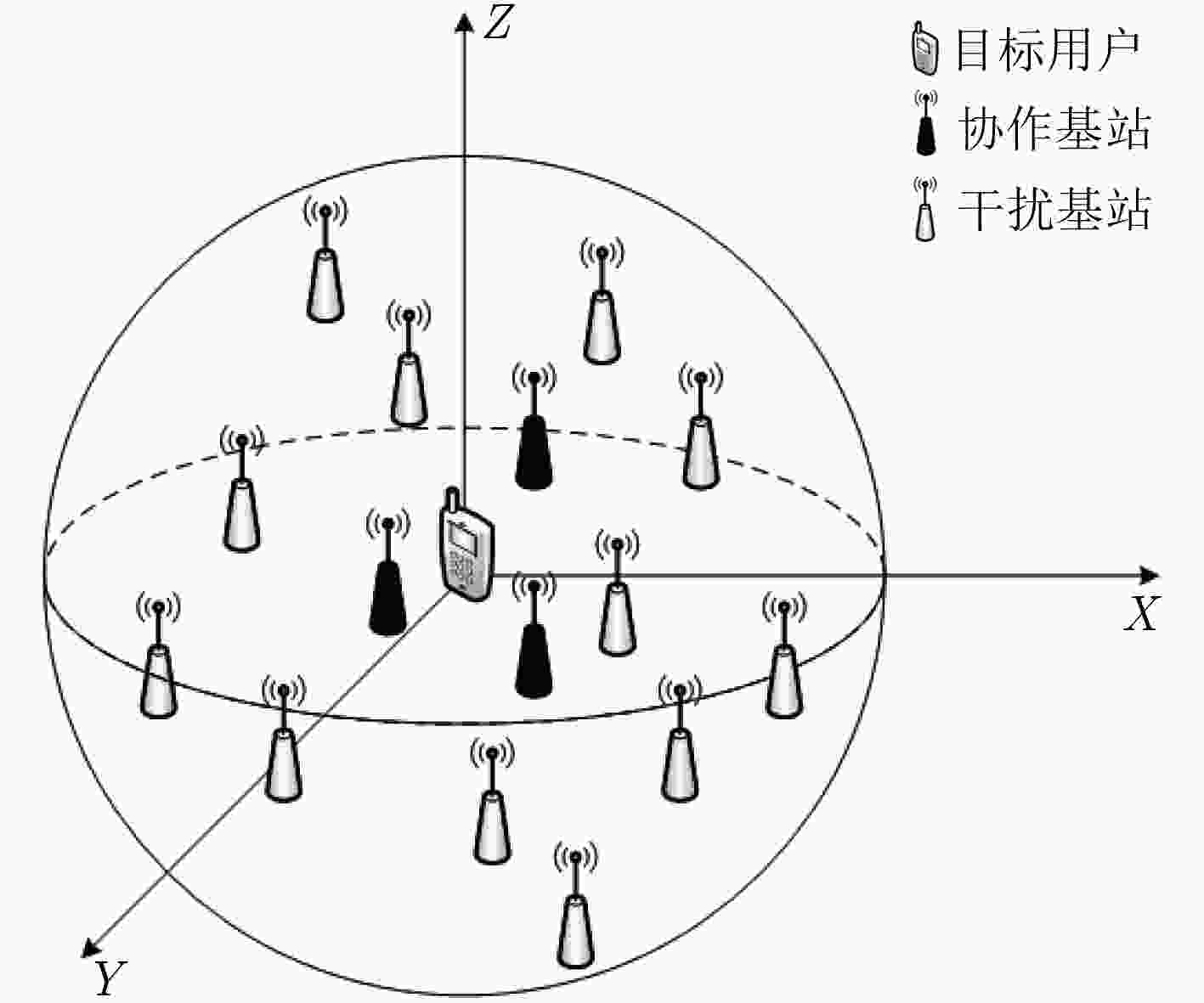
 下载:
下载:
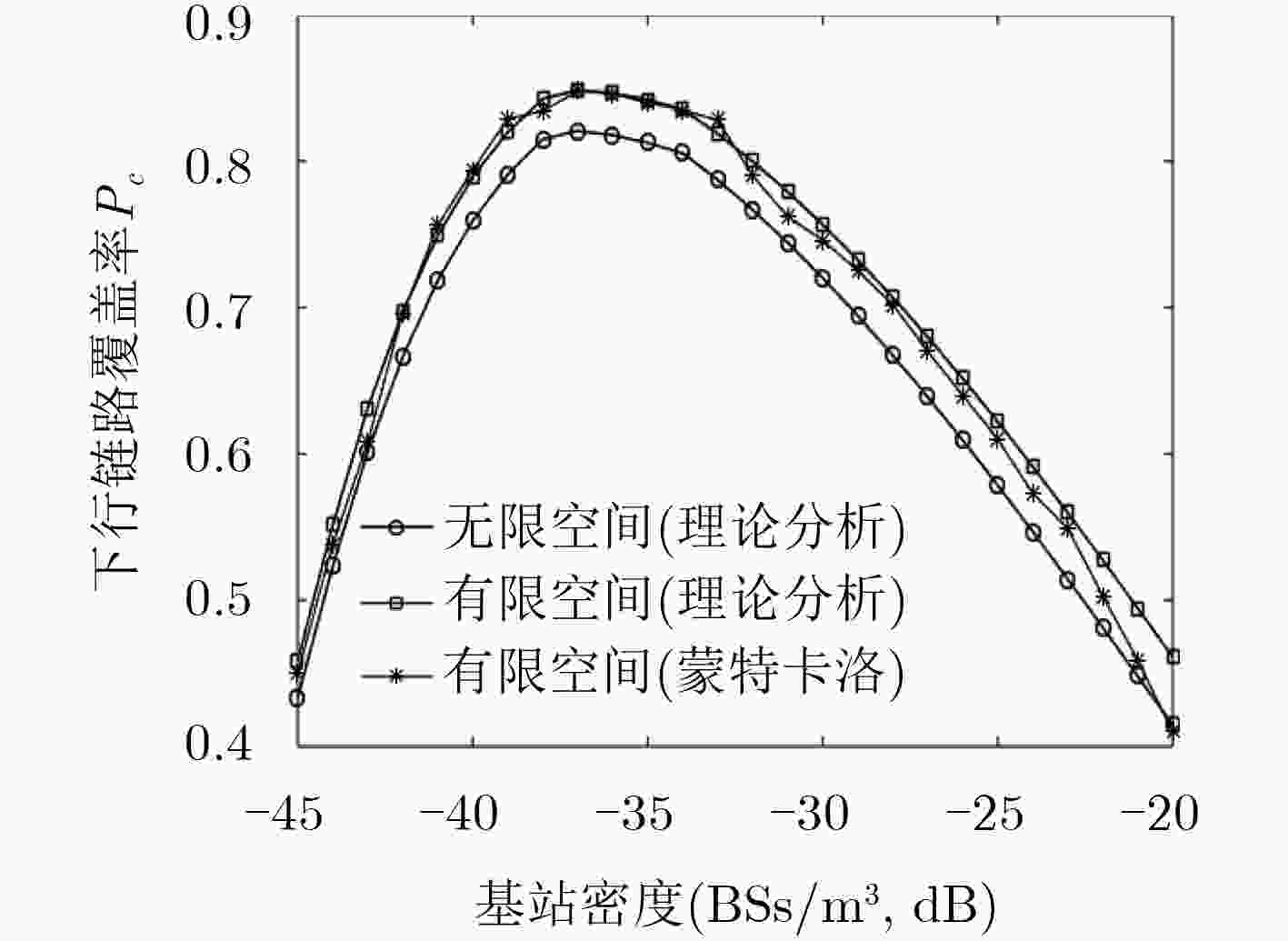

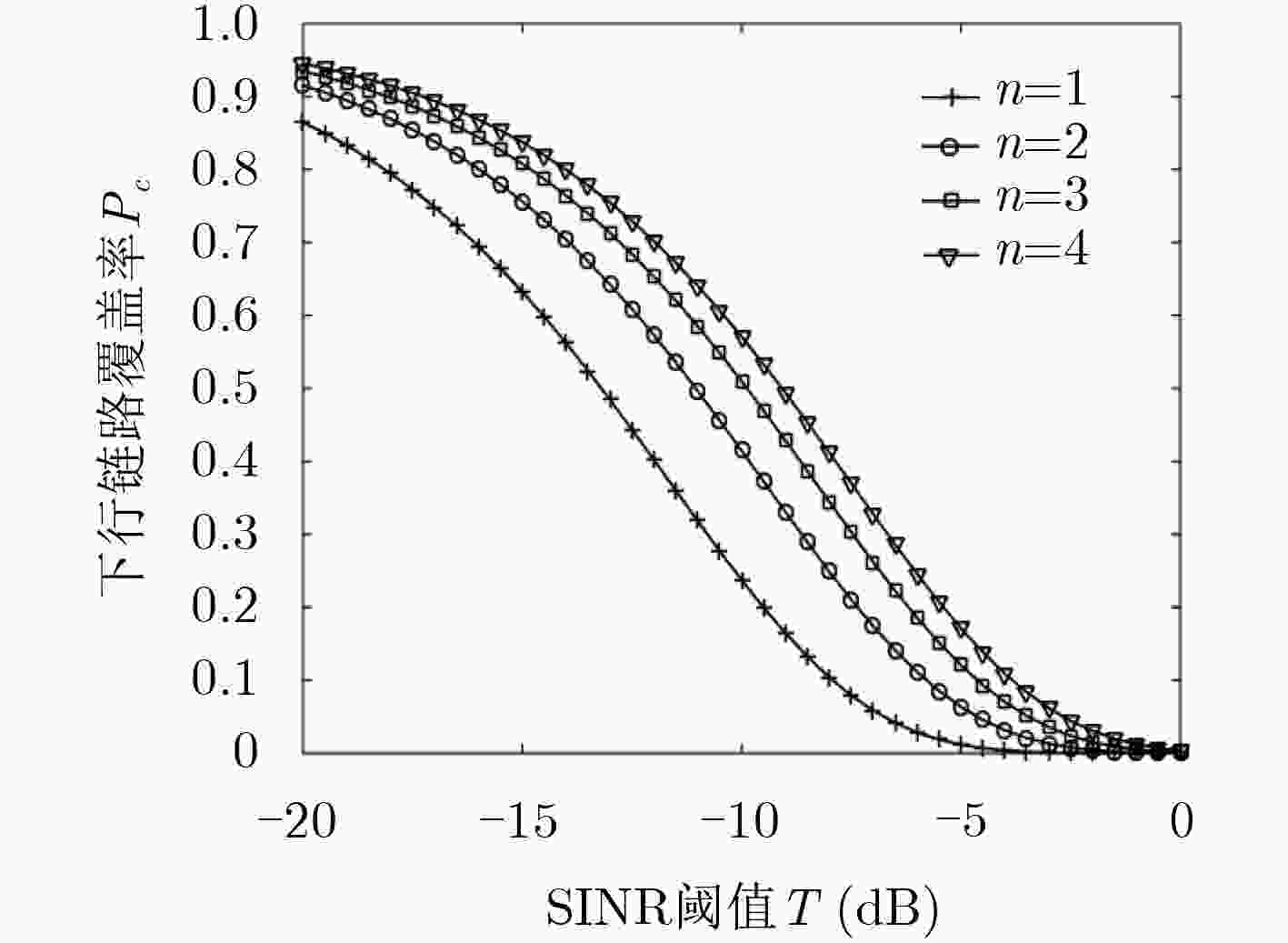
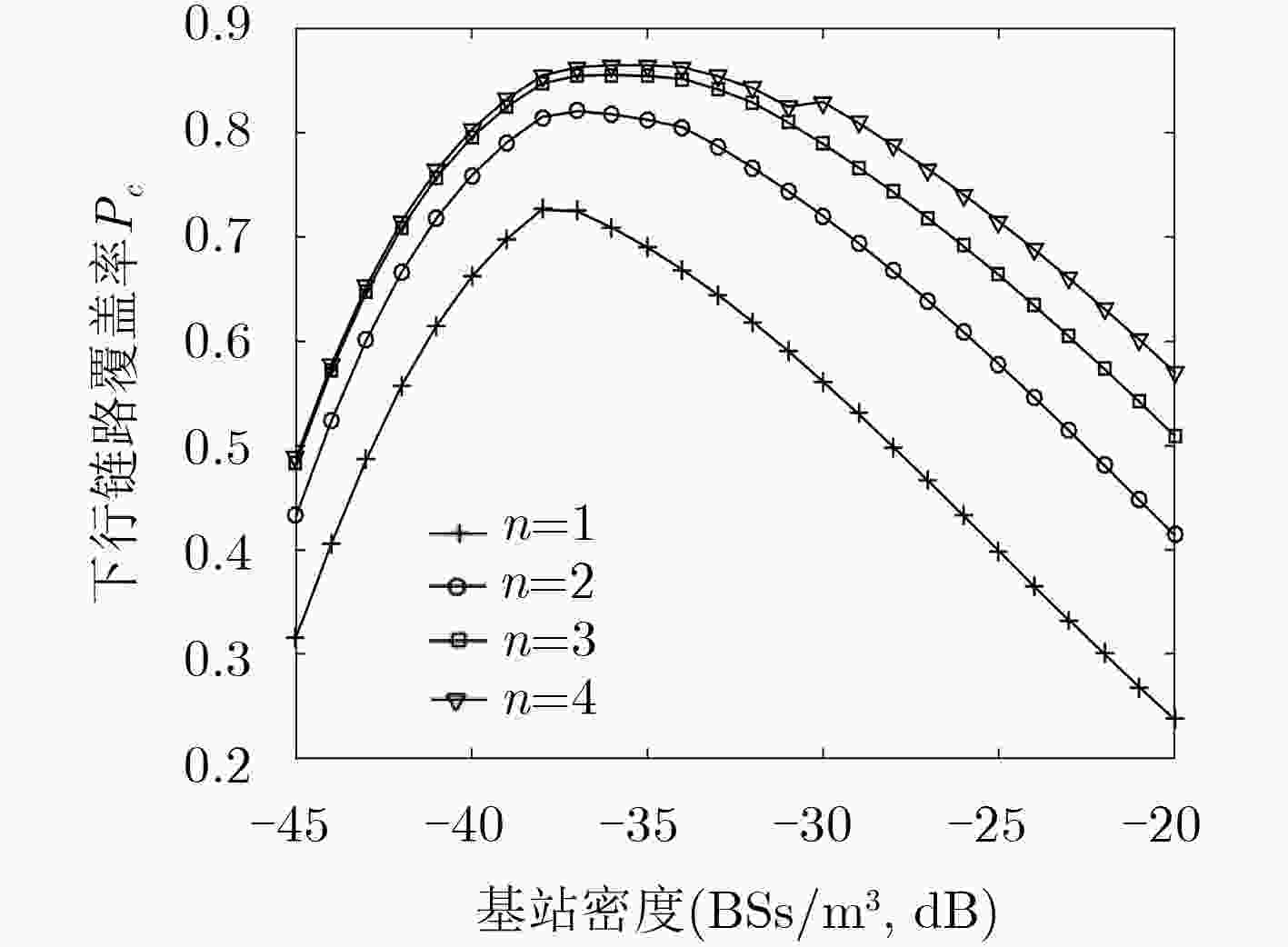
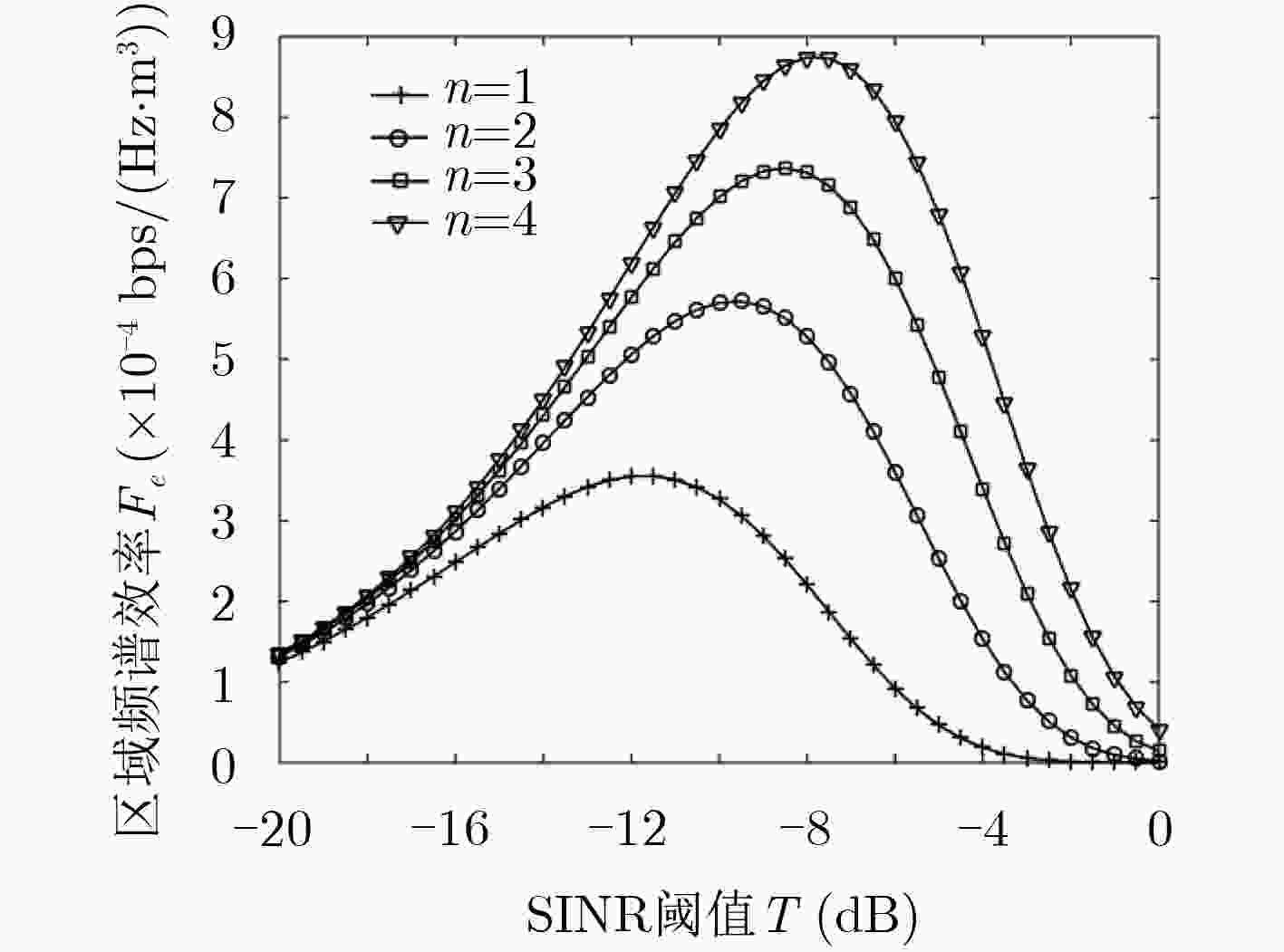
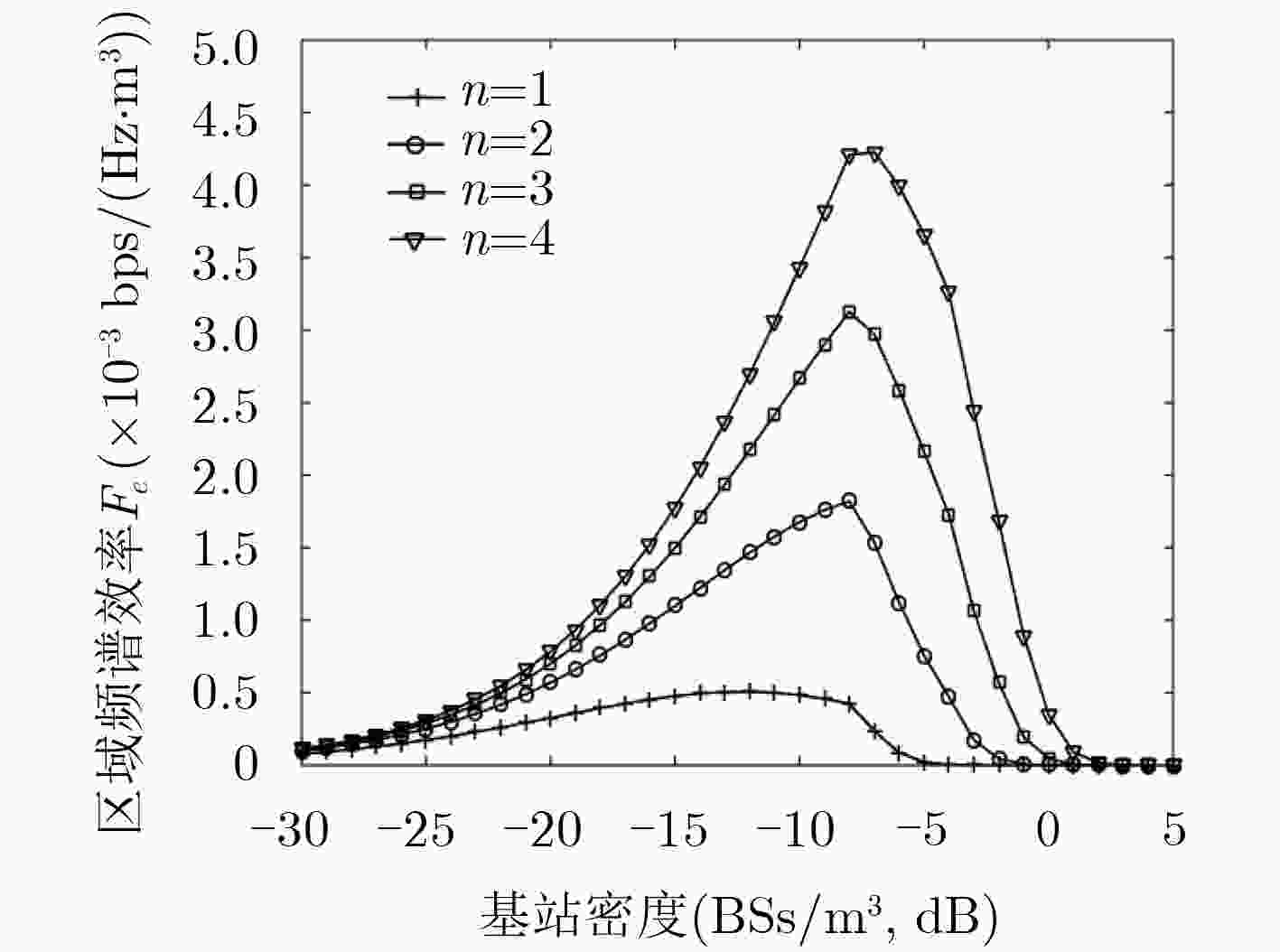


 下载:
下载:
